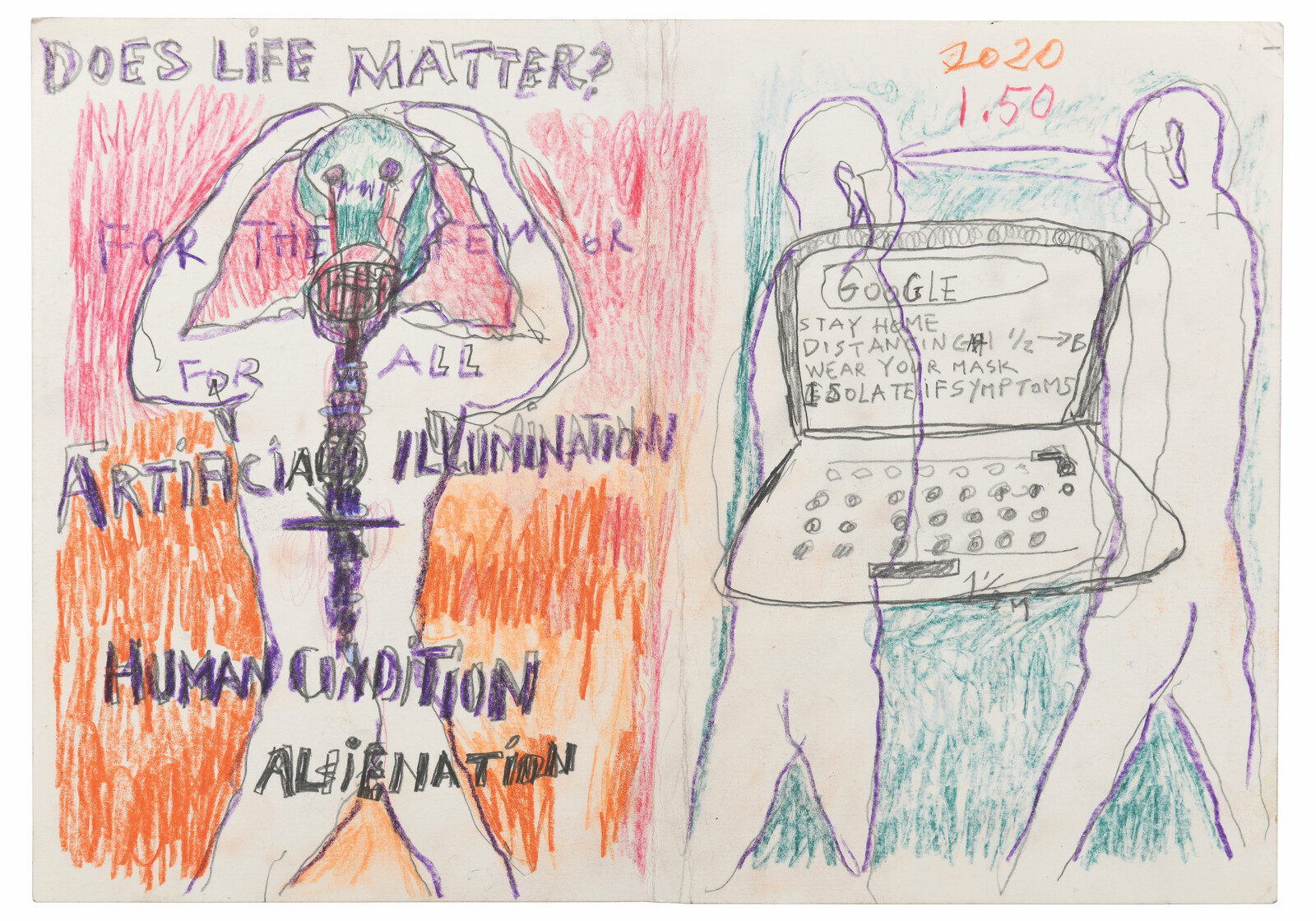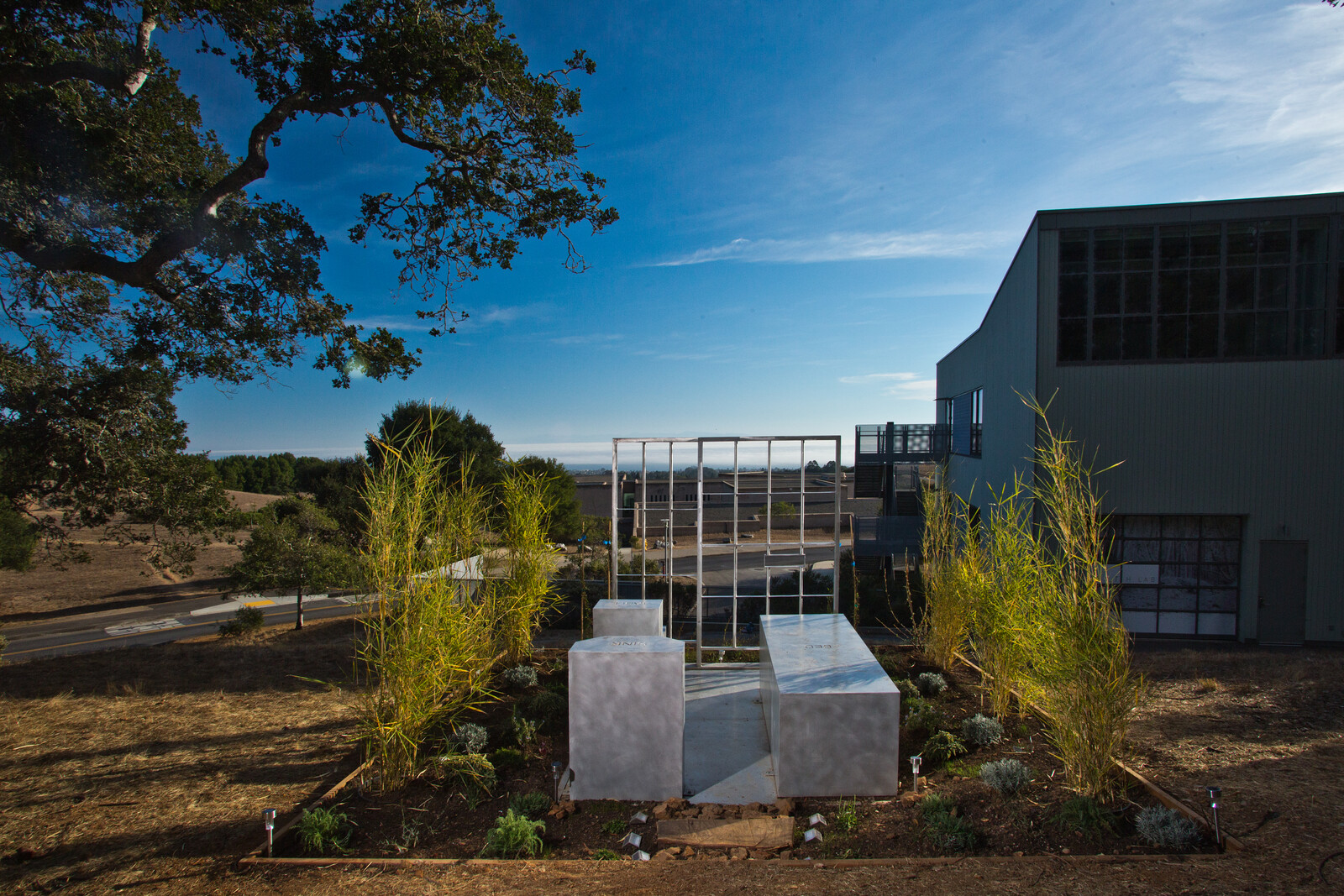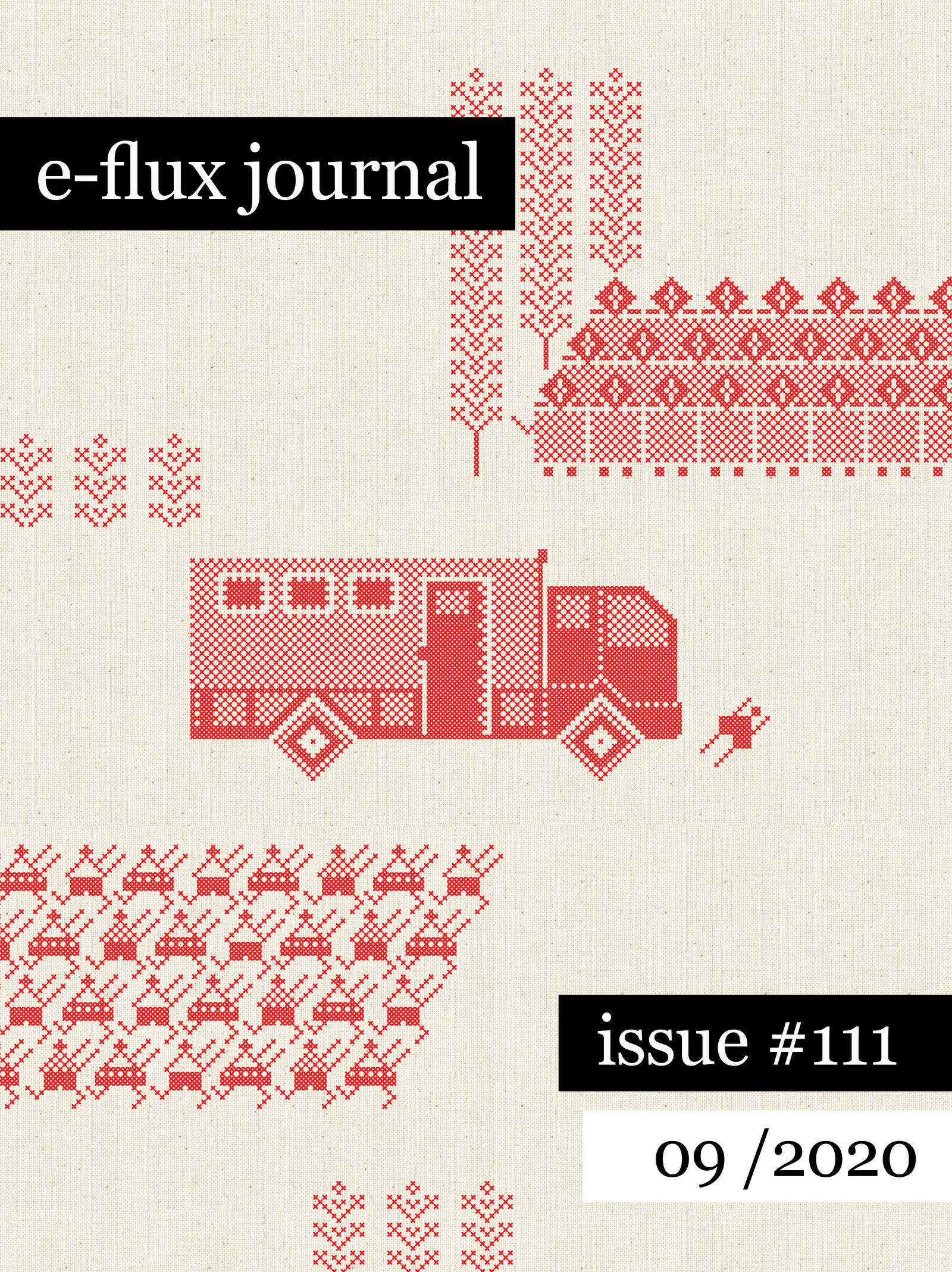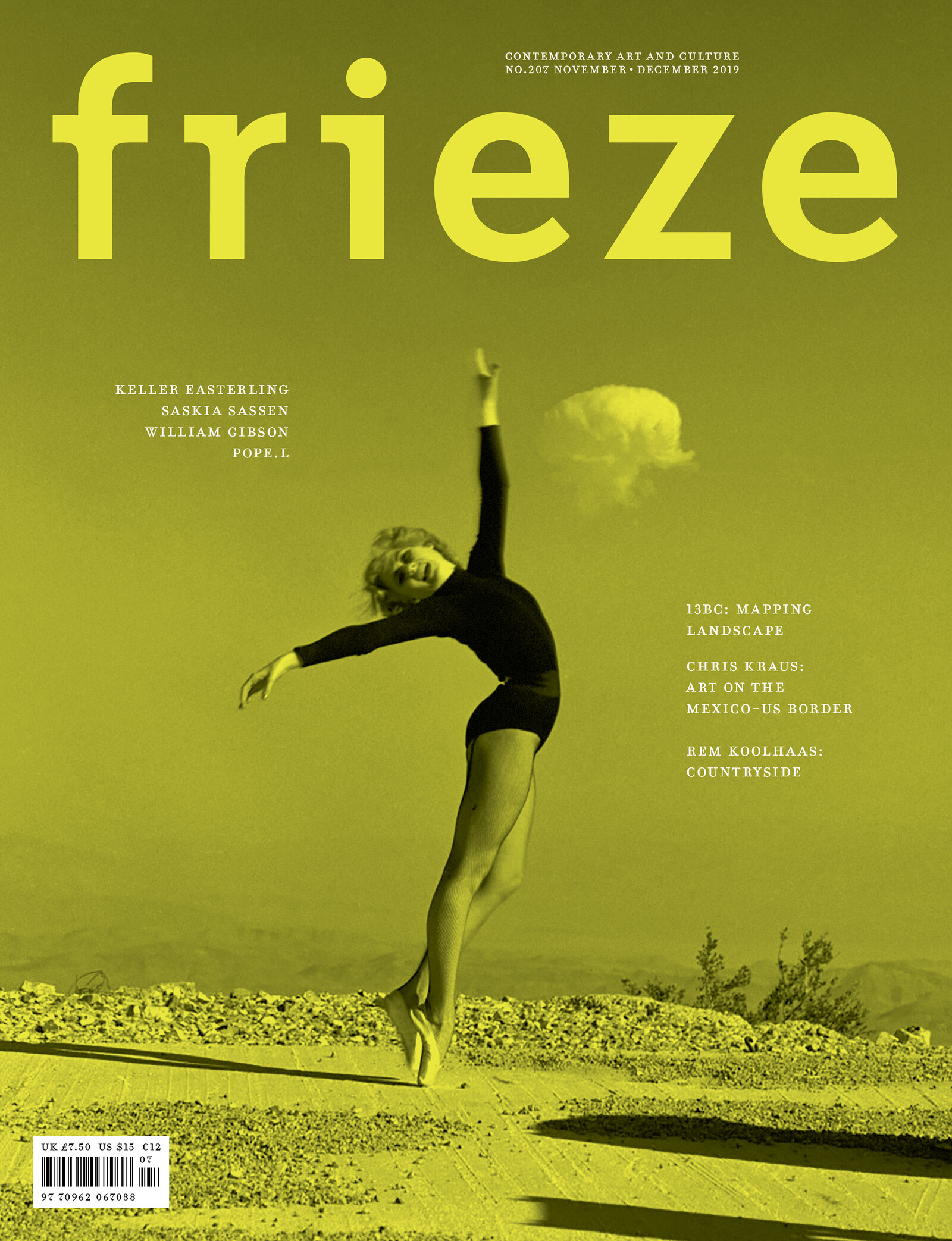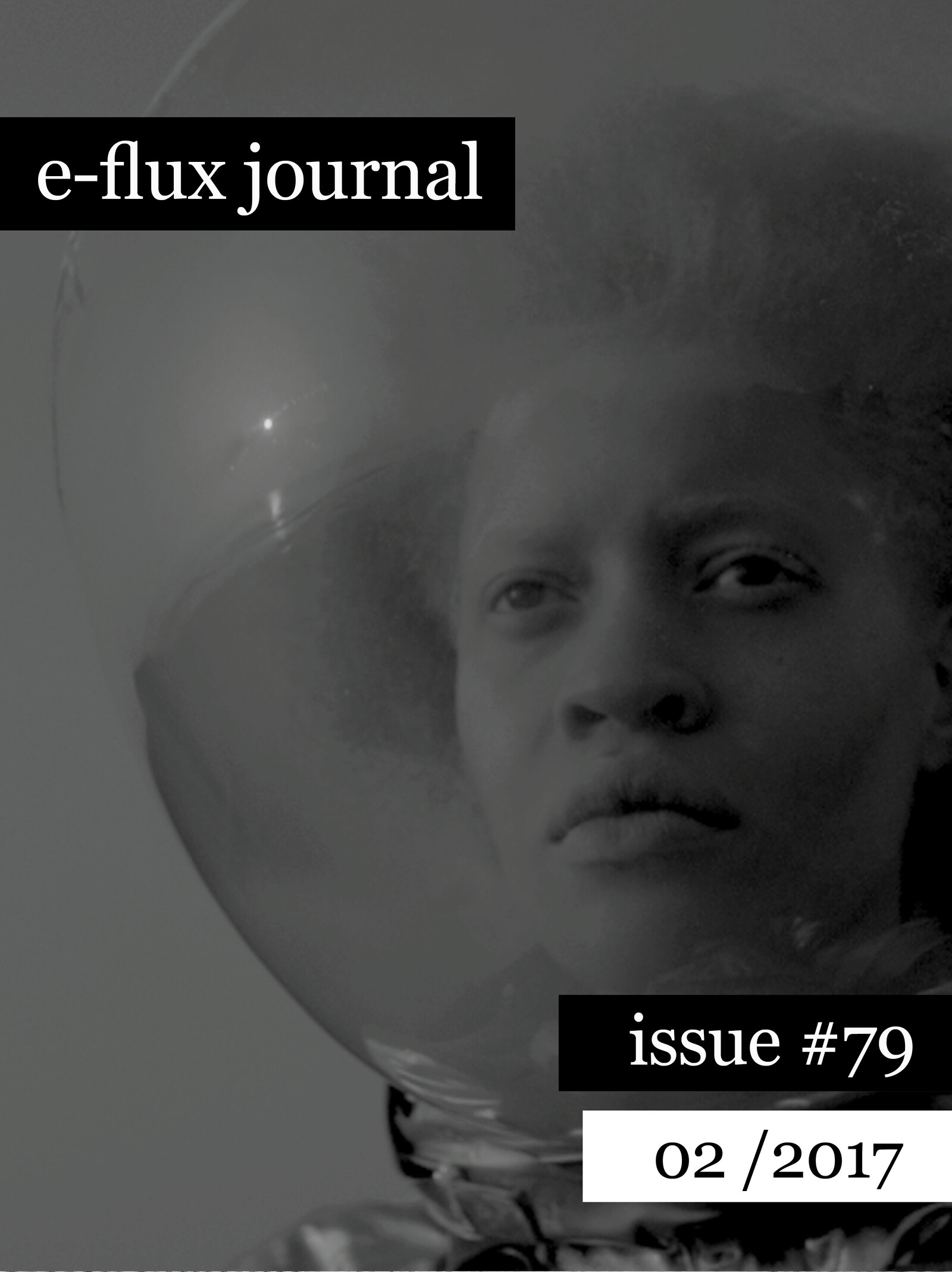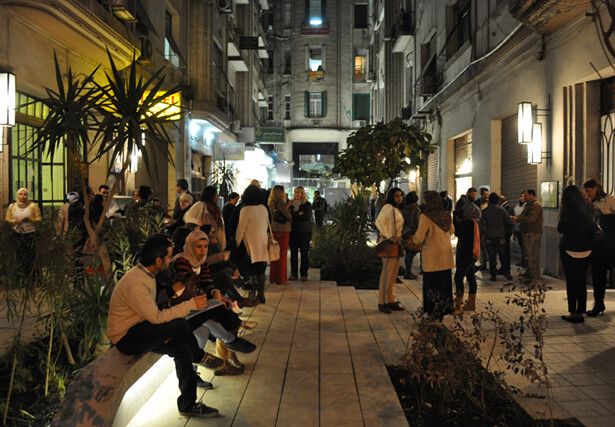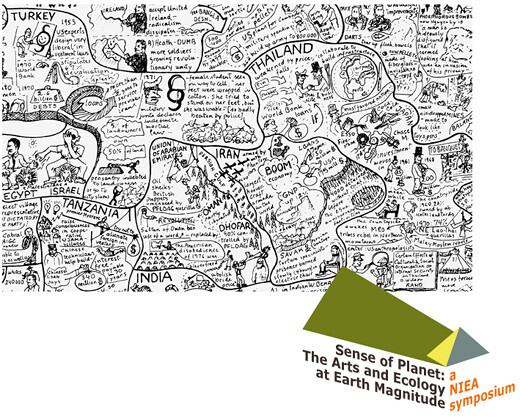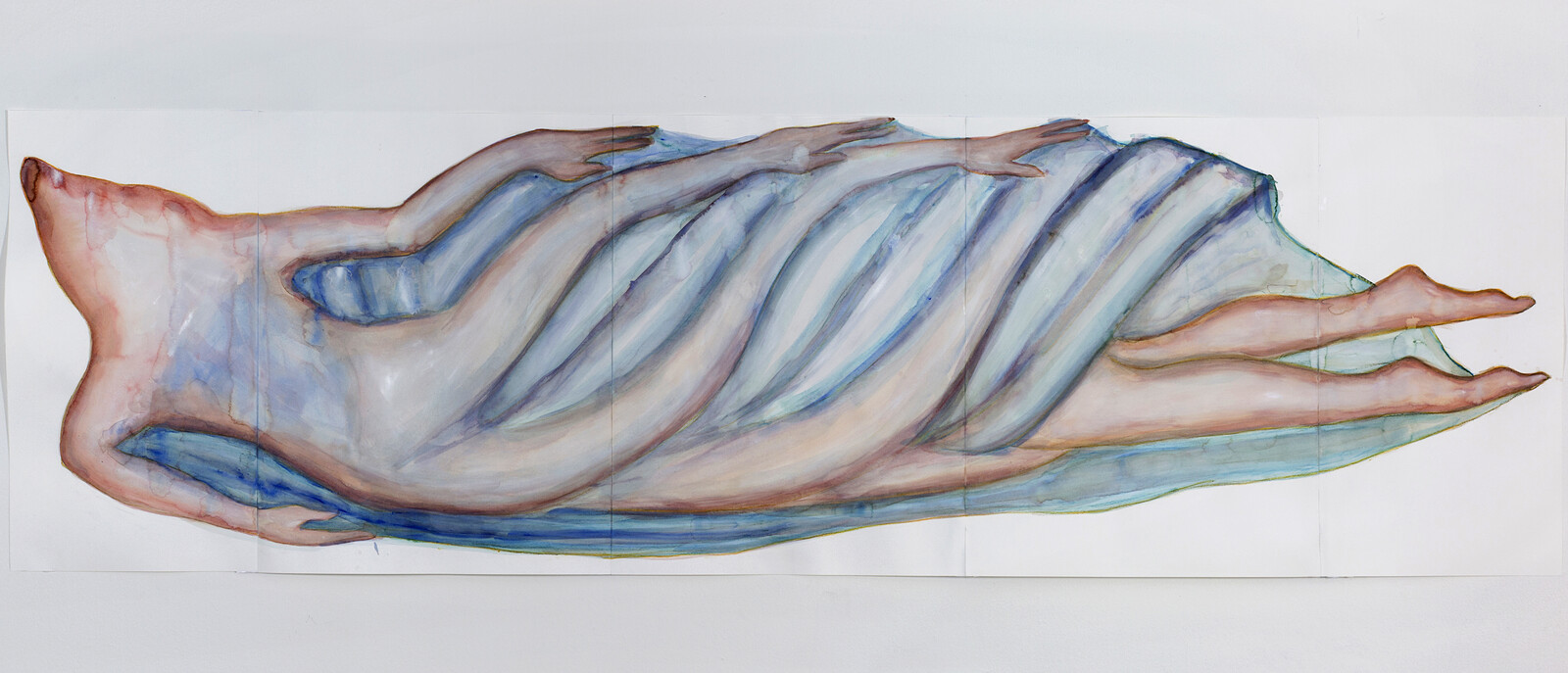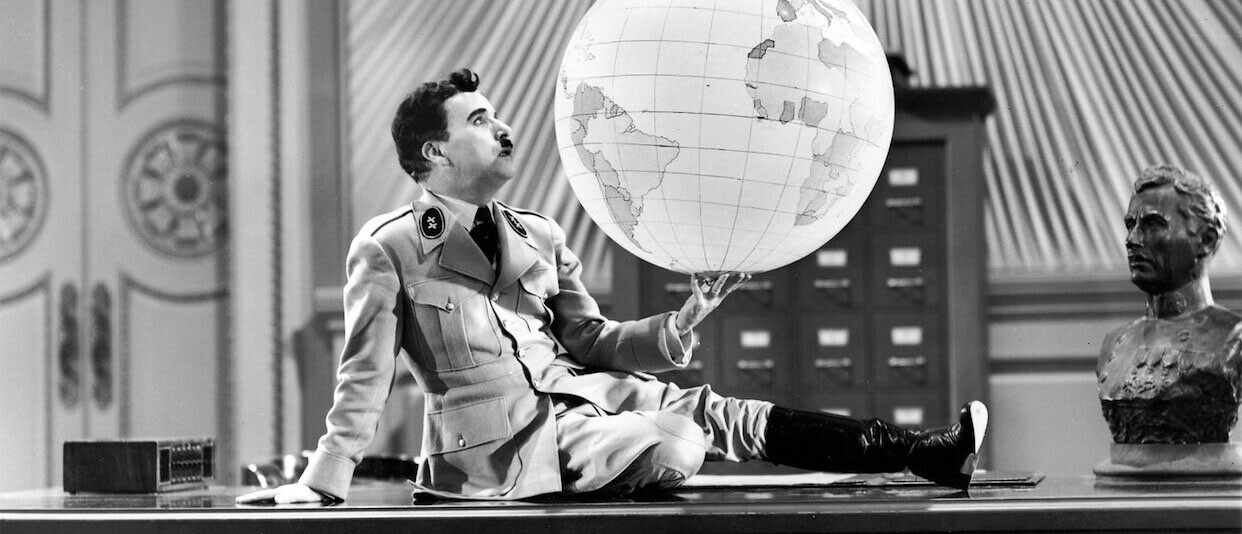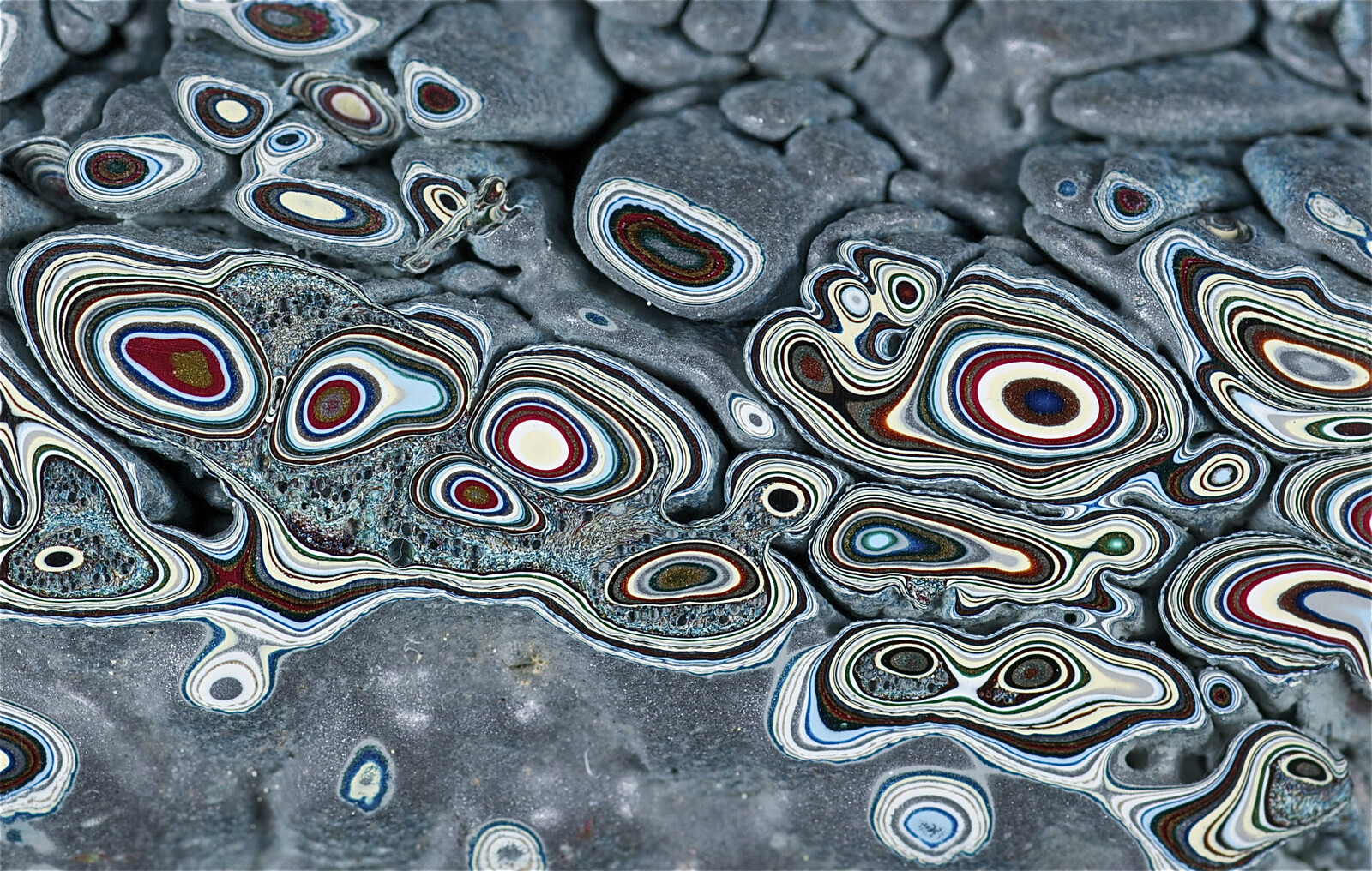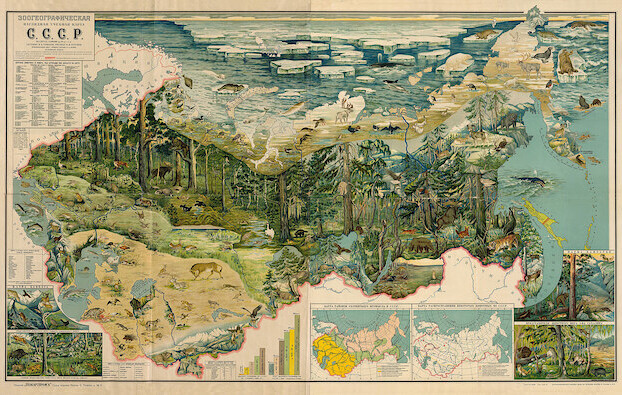Nicholas Mirzoeff Read Bio Collapse
Nicholas Mirzoeff is a visual activist, working at the intersection of politics, race, and global/visual culture. In 2020–21 he is ACLS/Mellon Scholar and Society fellow in residence at the Magnum Foundation, New York. He is a Professor of Media, Culture and Communication at NYU.
The untimely dead leave behind them a gift, one that the living may not want. That gift is the perception of the shape of the space that we have imposed on the departed, above and beyond the space that they actively chose for themselves. Did we not ask too much of David Graeber? Perhaps so, and there will be time to consider and to mourn. Before that time comes, each of us that found energy in all that David did and thought, from his direct actions to his exposure of debt and the identification of bullshit jobs, will have to look at that space and decide, individually and collectively, how it is to be filled.
The Appearance of Black Lives Matter
“Life” in the phrase “Black Lives Matter” is defined as that which can be killed or which dies. It is also a measure of time, for however long we are alive is a life. Many human lives have been and are considered disposable, surplus, or without value, so the movement speaks of each life as mattering. When black life matters, time itself is altered, creating revolutionary time. These temporalities have become entangled with the crisis of earth-system time known as the Anthropocene. That time, known to geologists as “deep time,” is in crisis. And it’s a good thing too, because out of that crisis has reemerged the possibility of revolutionary time. No one has been more aware of this dynamic than the anti-black reactionary right. To be for revolutionary time, whatever one’s own personal history, is to be for anti-anti-blackness as the condition of transformative possibility.
How Can Art Affect Political Change?
Public Program accompanying The Temporary Stedelijk at the Stedelijk Museum
Giulia Colletti
Cristina Parreño Alonso
